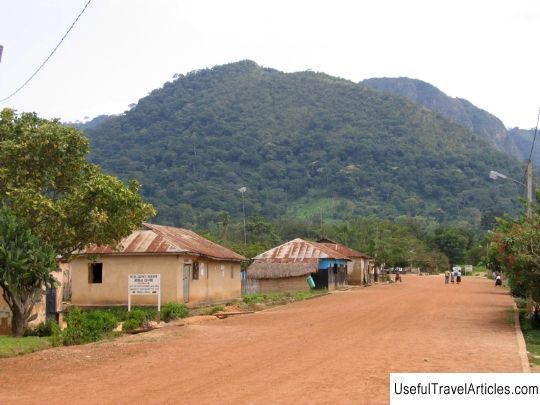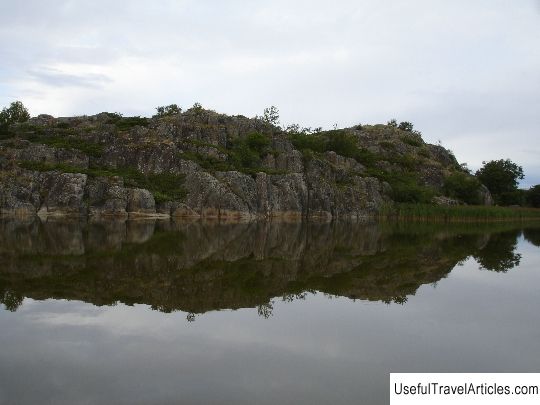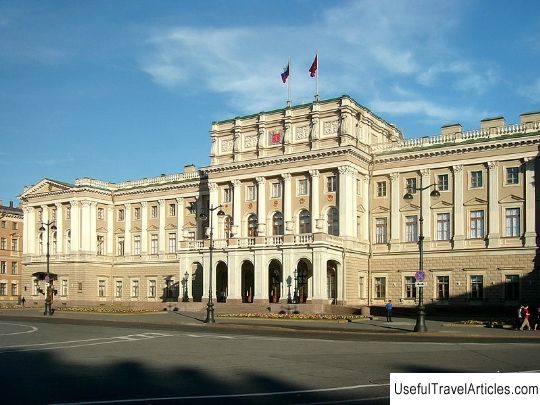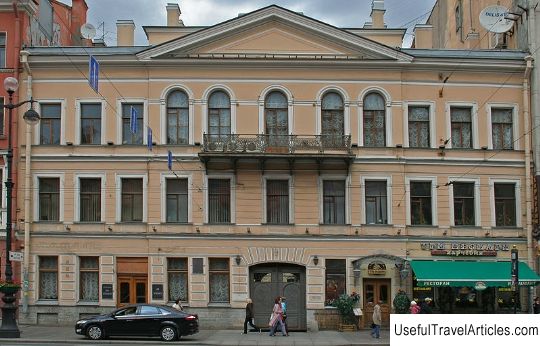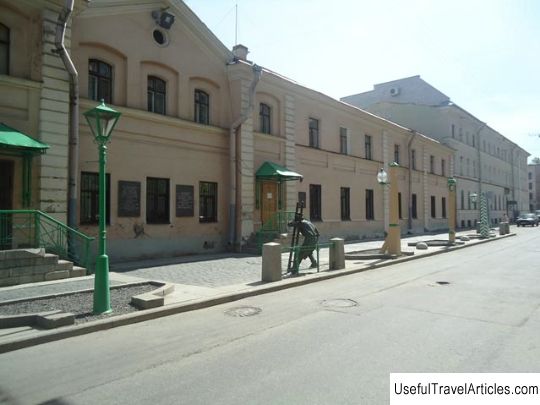Elagin Island and Elagin Palace description and photos - Russia - Saint Petersburg: Saint Petersburg
Rating: 8,6/10 (276 votes) 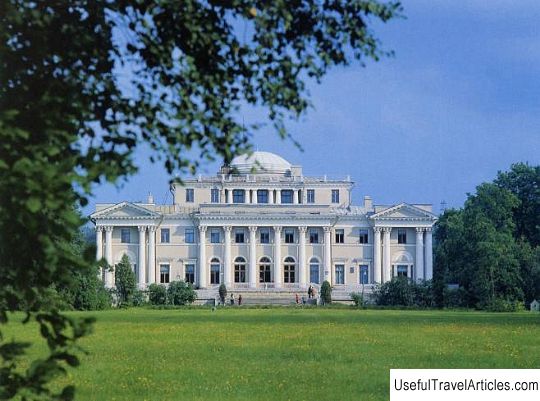
Elagin Island and Elagin Palace description and photos - Russia - St. Petersburg: St. Petersburg. Detailed information about the attraction. Description, photos and a map showing the nearest significant objects. Photo and descriptionSaint Petersburg is called the Venice of the North for a reason - it is all located on the islands. Yelagin Island is one of those located in the Neva delta and occupies a special place in the history of landscape art and Russian architecture. The development of the island began simultaneously with the construction of St. Petersburg. In those days, the area was covered with forest and heavily swampy. At the end of the 1770s, when the island became the property of I.P. Elagin, the chief of the court of Empress Catherine II, it was named Yelagin. Since the beginning of the 19th century, the island belongs to the imperial cabinet. By order of Tsar Alexander I, they began to build a palace on it for his mother, the Dowager Empress Maria Feodorovna. The construction of the palace was entrusted to the famous Carlo of Russia. In 1818-1822, the architect reconstructed the mansion, built under Elagin, presumably by the design of Giacomo Quarenghi. Next to this main mansion, several other services were placed, which, together with the palace, made up a wonderful architectural ensemble. The main attraction of the ensemble is the Elagin Palace, located on a hill and therefore visible from afar. It has two front facades. The main facade is decorated with a six-column central portico and two four-column side ones. The main staircase leads to it, which is decorated with a cast-iron lattice and sculptures of lions. The second facade, turned towards the Srednaya Nevka, is made in the form of a rounded protrusion with columns. The service buildings of the architectural complex - the Kitchen and Konyushenny buildings - are one with it. Rossi designed these buildings for economic purposes in full accord with the ceremonial character of the palace as elegant park pavilions. The ensemble also includes two small pavilions - on the eastern spit of the island and on the bank of the Srednyaya Nevka, Musical, intended for a brass band. The interior of the palace is delightful. On the ground floor there is a suite of state rooms. The sumptuous Central Oval Hall is decorated with magnificent columns and caryatids supporting an ornate dome. The Blue and Crimson drawing rooms are adjacent to it. Next are the Dining Room, Maria Feodorovna's study, her bedchamber and dressing room. Living quarters were located on the second floor. On the third - the house church in the name of St. Nicholas the Wonderworker. Since the construction of the Elagin Palace, the island has become the summer residence of the tsars, and since the end of the 19th century it has been a favorite walking place for the Petersburg bourgeoisie. After the revolution, the park was transferred to the jurisdiction of the Petrograd Council of People's Commissars. Since 1932, the Central Park of Workers' Culture and Rest was organized on its territory. During the Great Patriotic War, the park was badly damaged by bombing. Only the skeleton remained of the magnificent palace, but after the war, thanks to many years of painstaking work of a large team of talented restorers and master builders, one of the most beautiful architectural structures of St. Petersburg was brought back to life. In the early 60s, the park was reopened to the public, and a base for one-day recreation of city residents was organized in the palace. In 1987 the Elaginsky Palace received the status of a museum again, work began on the search and return of lost items, the acquisition of the palace collection. Elaginoostrovsky Palace-Museum of Russian Decorative and Applied Art and Interior of the 18th-20th centuries. still very young, but I want to believe that he has a great future. Already, the museum's collection numbers about 12 thousand unique items of decorative and applied art, painting, graphics, and sculpture. Nowadays, various temporary exhibitions of works of art are regularly held in the palace, various events are organized in the style of Peter's, Elizabethan, Catherine's times.       We also recommend reading Alexander-Oshevensky monastery description and photos - Russia - North-West: Arkhangelsk region Topic: Elagin Island and Elagin Palace description and photos - Russia - Saint Petersburg: Saint Petersburg. |
